The Great Deception of Ancient Times
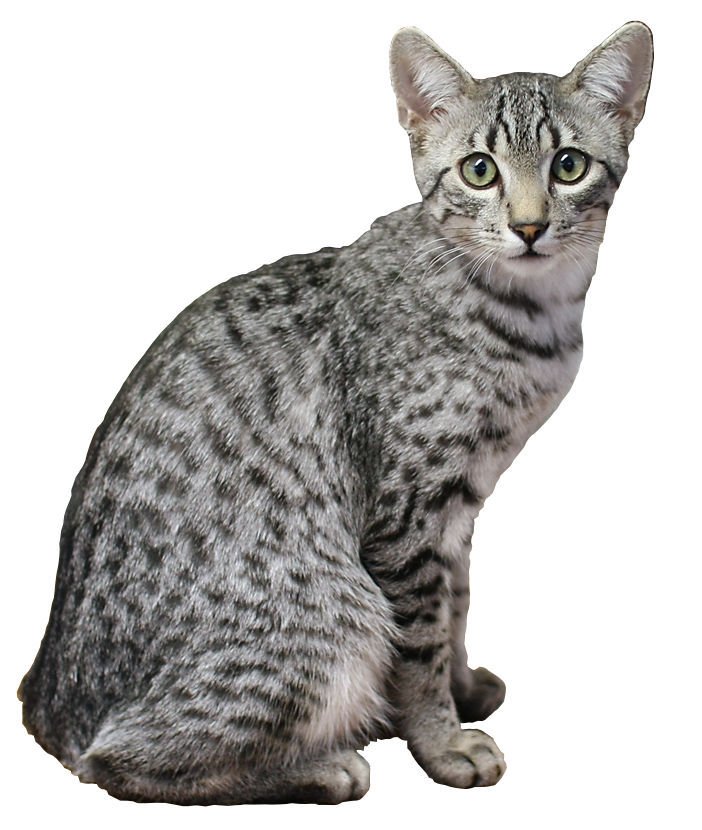
Imagine discovering that your beloved house cat has distant relatives who weren’t actually cats at all. This shocking revelation rocks the paleontology world when we examine nimravids — creatures that looked, hunted, and lived like cats but belonged to an entirely different family tree. These magnificent predators roamed Earth for nearly 30 million years, fooling everyone until modern science revealed their true identity.
The nimravids emerged during the Eocene epoch, roughly 40 million years ago, when the world was a much warmer and more tropical place. They dominated landscapes across North America, Europe, and Asia, filling ecological niches that true cats would later occupy. What makes their story even more fascinating is how perfectly they evolved to mimic feline behavior without sharing the same evolutionary path.
Hoplophoneus: The Dagger-Toothed Hunter
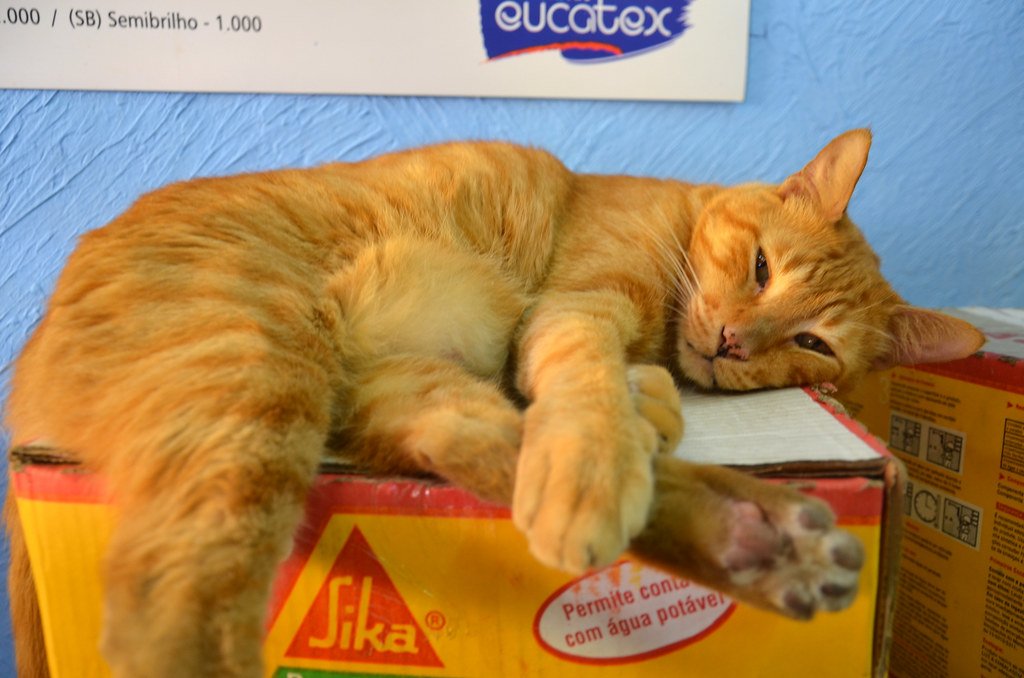
Meet Hoplophoneus, perhaps the most famous nimravid with its distinctive saber-like canine teeth that could grow up to 4 inches long. This fearsome predator stalked the forests of North America around 30 million years ago, using its powerful jaw muscles to deliver devastating bites to unsuspecting prey. Unlike modern cats, Hoplophoneus had a more robust build and shorter legs, making it a formidable ambush predator.
The skull structure of Hoplophoneus reveals fascinating adaptations for its hunting lifestyle. Its lower jaw featured protective flanges that sheathed those massive canines when the mouth was closed, preventing damage to these precious weapons. Scientists believe this creature primarily hunted large herbivores like early horses and rhinoceros relatives, using stealth and power rather than speed to secure meals.
Eusmilus: The European Saber-Tooth

Crossing the Atlantic to ancient Europe, we encounter Eusmilus, a nimravid that took saber-tooth evolution to extreme lengths. This creature possessed proportionally larger canine teeth than any other known predator, creating a truly intimidating appearance that would make any modern big cat seem tame by comparison. Eusmilus lived during the Oligocene epoch, approximately 25-30 million years ago, when Europe’s climate was subtropical and lush.
What sets Eusmilus apart is its specialized hunting technique, which paleontologists believe involved targeting the throat and major blood vessels of prey animals. The creature’s neck muscles were incredibly developed to support the massive skull and deliver precise, lethal strikes. Recent fossil discoveries suggest that Eusmilus may have been one of the last great nimravids before true cats began their rise to dominance.
Nimravus: The Namesake Deceiver

The genus that gave nimravids their name, Nimravus was a medium-sized predator that perfectly exemplified the family’s cat-like appearance. Living in North America during the late Oligocene, around 25 million years ago, Nimravus possessed retractable claws and a flexible spine that allowed for incredible agility. Its fossilized remains were initially classified as true cats until detailed analysis revealed the deception.
Nimravus represents one of the most successful nimravid lineages, with several species spreading across different habitats from forests to grasslands. These adaptable hunters developed varying hunting strategies, with some species specializing in small prey while others tackled larger game. Their success lasted for millions of years, proving that the nimravid body plan was incredibly effective for survival in ancient ecosystems.
Dinictis: The Dawn Stalker

Among the earliest nimravids, Dinictis emerged during the late Eocene epoch, approximately 37 million years ago, making it one of the first saber-toothed predators to roam North America. This pioneer species established many of the hunting patterns that would define nimravids for millennia to come. Dinictis was smaller than its later relatives but possessed the same deadly combination of stealth, power, and razor-sharp teeth.
Fossil evidence suggests that Dinictis lived in dense woodland environments, using thick vegetation as cover while stalking prey. Its relatively short legs and powerful build made it perfect for ambush hunting, much like modern jaguars lurking in rainforest undergrowth. The success of Dinictis paved the way for the explosive diversification of nimravids that would follow in subsequent epochs.
Barbourofelis: The American Giant
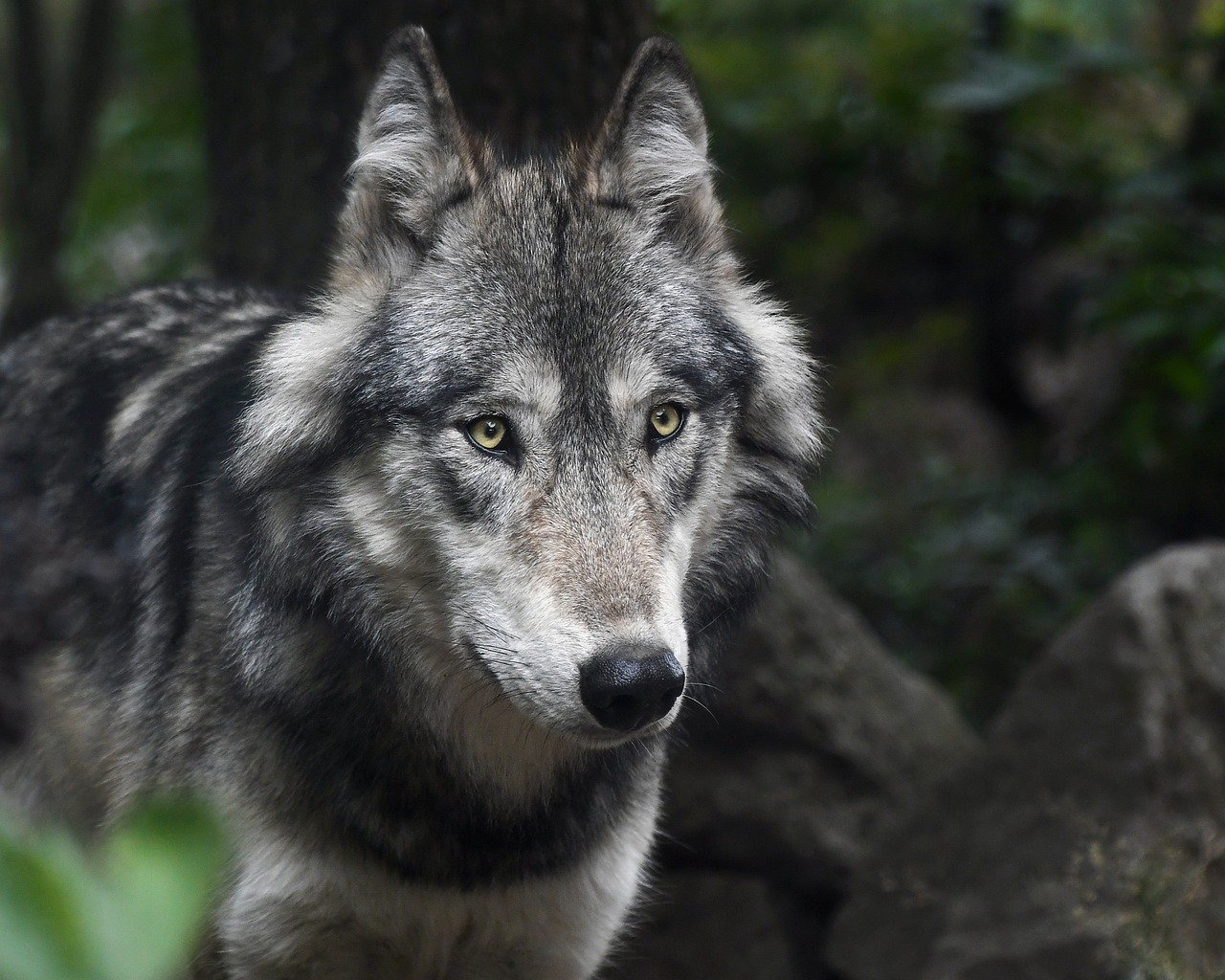
Perhaps the most impressive nimravid of all, Barbourofelis stood as tall as a modern lion but possessed canine teeth that dwarfed those of any living predator. This massive hunter dominated North American landscapes during the Miocene epoch, around 15 million years ago, representing the pinnacle of nimravid evolution. Barbourofelis could weigh up to 600 pounds, making it one of the largest terrestrial predators of its time.
The hunting strategy of Barbourofelis likely involved taking down enormous prey animals like early elephants and giant ground sloths. Its massive forelimbs and powerful shoulders suggest it could grapple with prey much larger than itself, using those incredible saber teeth to deliver fatal wounds. This apex predator’s eventual extinction marks the end of the nimravid golden age and the beginning of true cat dominance.
Archaelurus: The Transitional Mystery

Standing at the crossroads of nimravid evolution, Archaelurus presents paleontologists with fascinating questions about the transition from early to advanced saber-toothed predators. This creature lived during the middle Oligocene, approximately 28 million years ago, and possessed characteristics that seemed to bridge different nimravid lineages. Its relatively modest saber teeth and graceful build suggest it may have been more versatile than its specialized relatives.
Recent studies of Archaelurus fossils reveal evidence of pack hunting behavior, unusual among nimravids but common in some modern predators. Tooth marks on fossilized bones suggest multiple individuals may have worked together to bring down large prey, representing a sophisticated hunting strategy that challenges our understanding of ancient predator behavior. This social aspect makes Archaelurus one of the most intriguing nimravids ever discovered.
Pogonodon: The Bearded Saber-Tooth
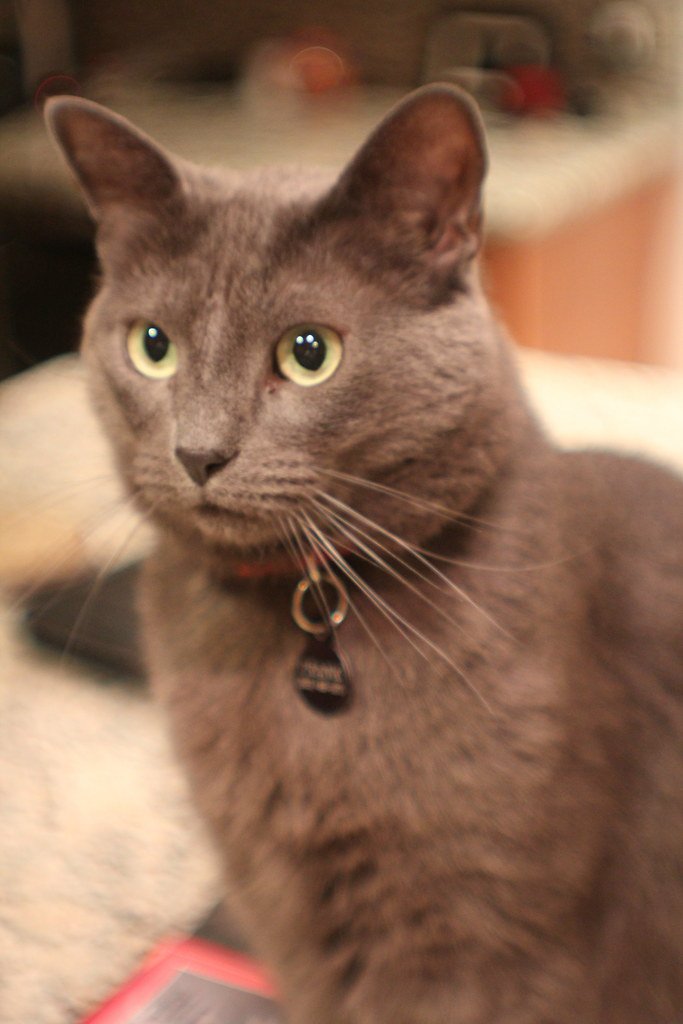
Named for its distinctive lower jaw flanges that resembled a beard, Pogonodon was a medium-sized nimravid that lived in North America during the late Oligocene epoch. This unique predator developed some of the most specialized jaw modifications seen in any nimravid, with bony projections that protected its saber teeth while also serving as intimidating display features. Pogonodon’s “beard” likely played a role in species recognition and territorial displays.
The hunting behavior of Pogonodon appears to have been highly specialized, focusing on specific prey animals that inhabited the changing landscapes of ancient North America. As grasslands began expanding and forests retreated, Pogonodon adapted its hunting strategies to pursue prey in more open environments. This adaptability allowed the species to thrive for several million years during a period of significant environmental change.
Aelurogale: The European Survivor
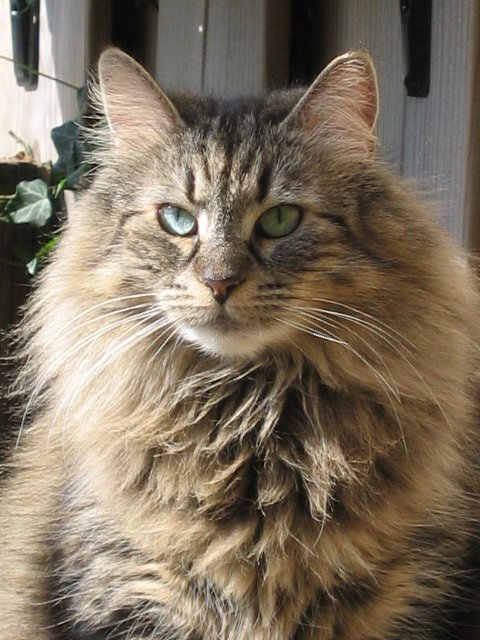
While most nimravids disappeared by the end of the Oligocene, Aelurogale managed to survive in Europe well into the Miocene epoch, making it one of the last true nimravids to walk the Earth. This remarkable survivor adapted to changing climates and ecosystems, developing hunting strategies that allowed it to compete with early true cats that were beginning to spread across the continent. Aelurogale’s persistence demonstrates the incredible resilience of the nimravid lineage.
The fossil record of Aelurogale provides crucial insights into the final chapter of nimravid evolution and their eventual replacement by true cats. Competition for resources and ecological niches intensified as felids spread from Africa and Asia into Europe. Despite their successful run of over 30 million years, the nimravids finally met their match in the form of more advanced feline predators.
Quercylurus: The French Forest Dweller
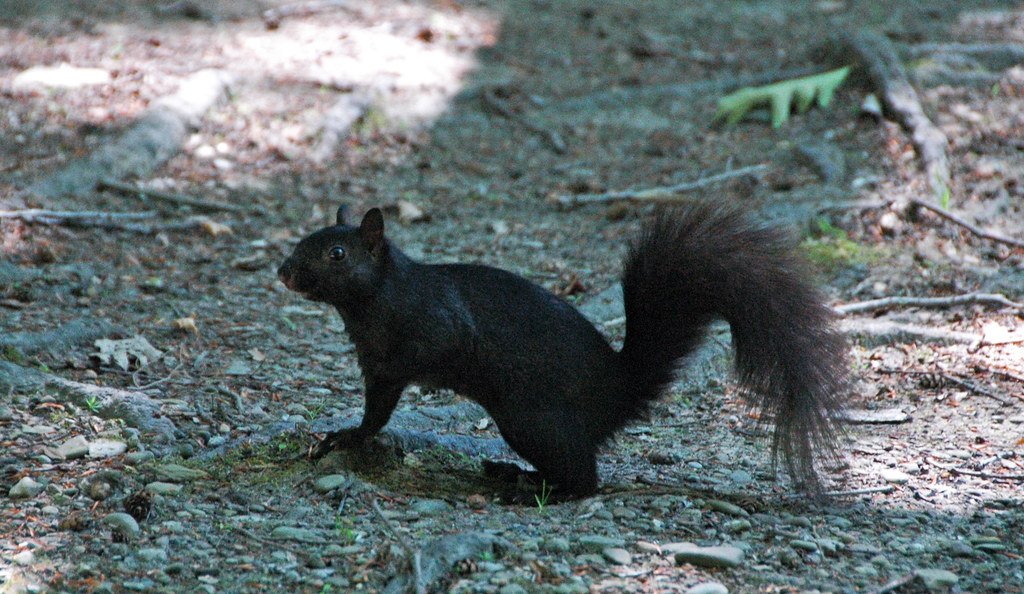
Deep in the ancient forests of what would become France, Quercylurus stalked prey during the Eocene epoch, approximately 35 million years ago. This early nimravid possessed a unique combination of features that made it perfectly adapted for life in dense woodland environments. Its relatively small size and agile build allowed it to navigate through thick vegetation while pursuing arboreal prey species.
Quercylurus represents one of the most primitive nimravid lineages, retaining many characteristics that link nimravids to their common ancestor with true cats. Studies of its inner ear structure suggest excellent balance and coordination, essential traits for a predator that may have spent significant time hunting in trees. This arboreal lifestyle set Quercylurus apart from most other nimravids, which were primarily terrestrial hunters.
Dinailuros: The American Pioneer

Among the earliest nimravids to establish themselves in North America, Dinailuros arrived during the middle Eocene epoch and quickly adapted to the continent’s diverse ecosystems. This pioneering species developed hunting strategies that would influence nimravid evolution for millions of years to come. Dinailuros possessed moderately developed saber teeth and a build that balanced power with agility, making it a versatile predator capable of tackling various prey species.
The success of Dinailuros in colonizing North America demonstrates the incredible adaptability of early nimravids. Fossil evidence suggests this species spread rapidly across the continent, establishing populations in environments ranging from dense forests to open woodlands. Their ecological success laid the foundation for the remarkable diversity of nimravids that would follow in subsequent epochs.
Stenogale: The Slender Hunter
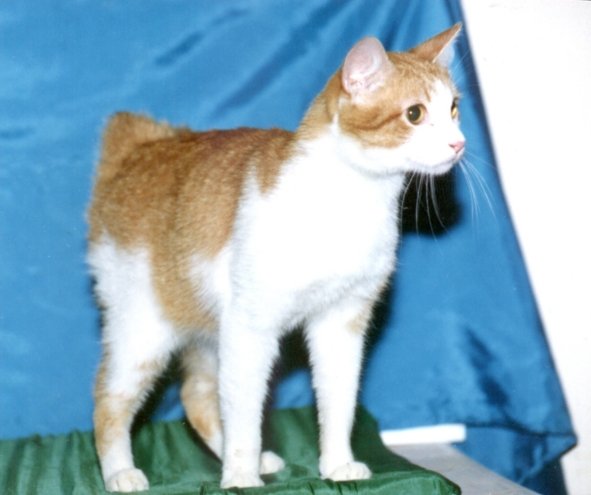
Breaking the mold of robust, powerful nimravids, Stenogale developed a more slender build that emphasized speed and agility over brute force. This European species lived during the Oligocene epoch and represented a different approach to nimravid evolution, focusing on smaller prey animals that required quick reflexes and precise strikes. Stenogale’s lightweight frame and long legs made it one of the most athletic nimravids ever discovered.
The hunting strategy of Stenogale likely involved pursuit rather than ambush, marking a significant departure from typical nimravid behavior. Its dental adaptations suggest a diet consisting primarily of small mammals and birds, requiring different killing techniques than those used by its saber-toothed relatives. This specialization allowed Stenogale to occupy a unique ecological niche and avoid direct competition with larger nimravids.
Eofelis: The Dawn Cat Mimic
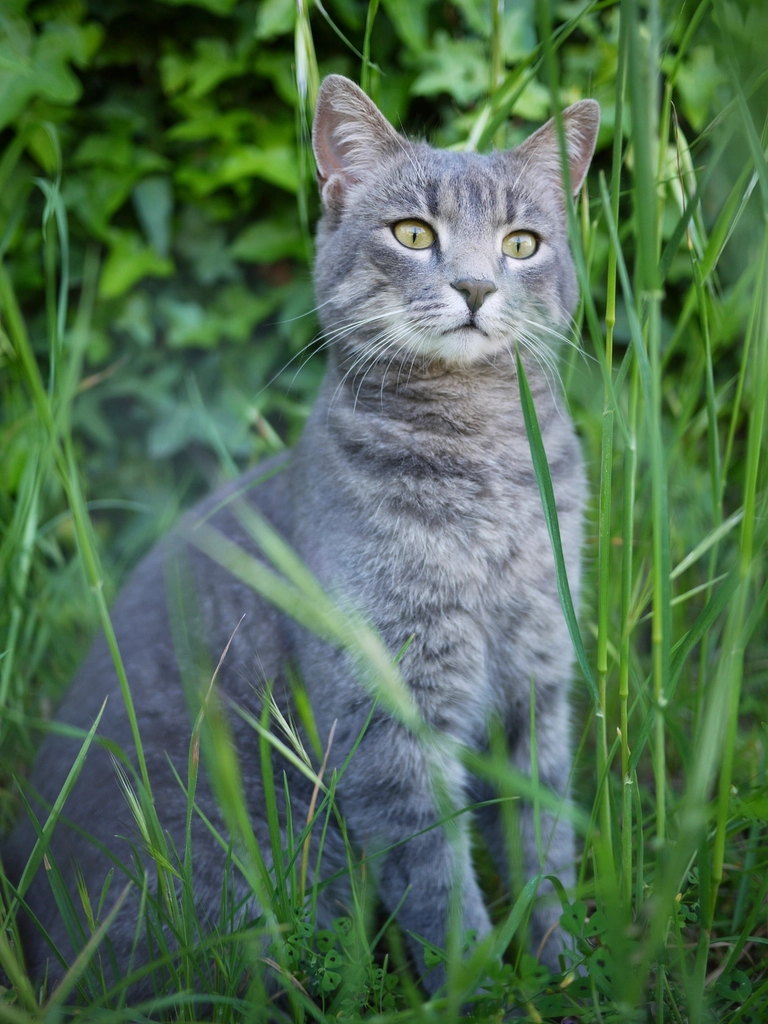
Perhaps the most cat-like of all nimravids, Eofelis possessed features that so closely resembled true cats that paleontologists initially classified it as a felid. This remarkable example of convergent evolution lived during the Oligocene epoch in both North America and Europe, demonstrating how similar environmental pressures can produce nearly identical solutions in unrelated lineages. Eofelis perfected the art of feline mimicry to an extraordinary degree.
The skeleton of Eofelis reveals adaptations for climbing and jumping that rival those of modern cats, including specialized vertebrae that provided exceptional flexibility and powerful leg muscles for leaping. Its retractable claws and padded feet made it an excellent climber, capable of pursuing prey both on the ground and in trees. This versatility made Eofelis one of the most successful nimravids of its time.
Nimraviscus: The Robust Predator
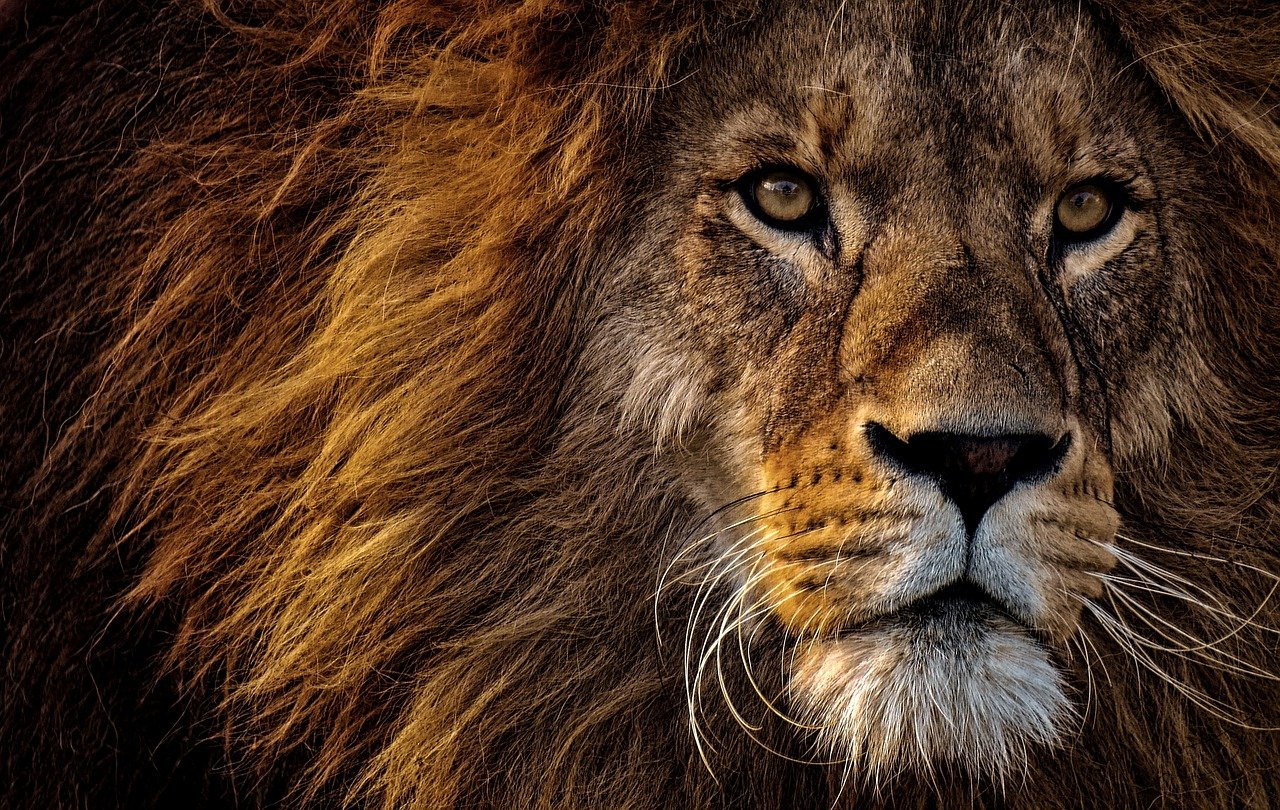
Living up to its name, Nimraviscus was among the most powerfully built nimravids ever discovered, with a skeleton that emphasized strength and stability over speed. This North American predator lived during the late Oligocene epoch and specialized in hunting large, slow-moving prey animals that required tremendous force to bring down. Nimraviscus possessed massive jaw muscles and robust limb bones that could withstand the stresses of tackling enormous herbivores.
The hunting technique of Nimraviscus likely involved wrestling with prey animals much larger than itself, using its powerful forelimbs to grapple while delivering killing bites with its moderately developed saber teeth. This wrestling approach required incredible strength and endurance, traits that Nimraviscus possessed in abundance. Its success in this challenging hunting niche demonstrates the remarkable diversity of strategies employed by nimravids.
The Vanishing Act

As the Miocene epoch progressed, nimravids began disappearing from fossil records around the world, leaving behind only scattered remains and tantalizing glimpses of their former glory. The rise of true cats, with their more advanced hunting adaptations and social behaviors, gradually pushed nimravids out of their ecological niches. Climate change and habitat loss also played crucial roles in their decline, as grasslands expanded and forests retreated.
The extinction of nimravids represents one of paleontology’s most fascinating cases of evolutionary replacement. Despite their 30-million-year success story, these magnificent predators couldn’t compete with the more efficient hunting machines that true cats had become. Their legacy lives on in the fossil record, reminding us that evolution is an ongoing process where even the most successful lineages can eventually be surpassed by superior adaptations.
Legacy of the Great Deceivers

Today, nimravids serve as powerful reminders of evolution’s creativity and the dangers of making assumptions based on appearances alone. These incredible predators achieved remarkable success by independently evolving solutions to the same problems that would later be solved by true cats. Their story challenges our understanding of mammalian evolution and demonstrates how convergent evolution can produce nearly identical results in completely unrelated lineages.
The study of nimravids continues to reveal new insights about ancient ecosystems and predator-prey relationships. Each fossil discovery adds another piece to the puzzle of how these magnificent creatures lived, hunted, and eventually disappeared. Their 40-million-year masquerade as cats represents one of nature’s most successful cases of evolutionary mimicry, proving that sometimes the best way to succeed is to copy what works — even if you’re not actually related to your inspiration.
Did you ever imagine that some of the most successful “cats” in Earth’s history weren’t actually cats at all?
Hi, I’m Bola, a passionate writer and creative strategist with a knack for crafting compelling content that educates, inspires, and connects. Over the years, I’ve honed my skills across various writing fields, including content creation, copywriting, online course development, and video scriptwriting.
When I’m not at my desk, you’ll find me exploring new ideas, reading books, or brainstorming creative ways to solve challenges. I believe that words have the power to transform, and I’m here to help you leverage that power for success.
Thanks for stopping by, Keep coming to this website to checkout new articles form me. You’d always love it!






